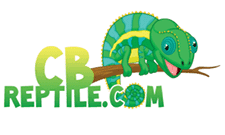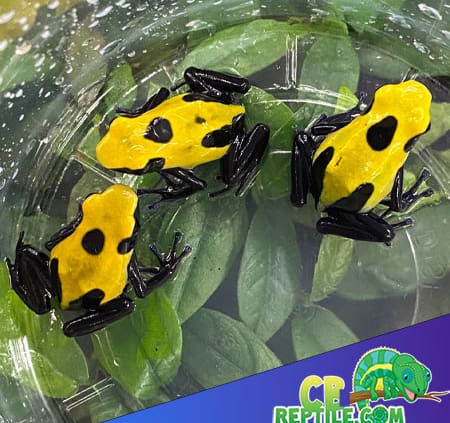
Captive-Bred Poison Frog Care & Habitat Setup
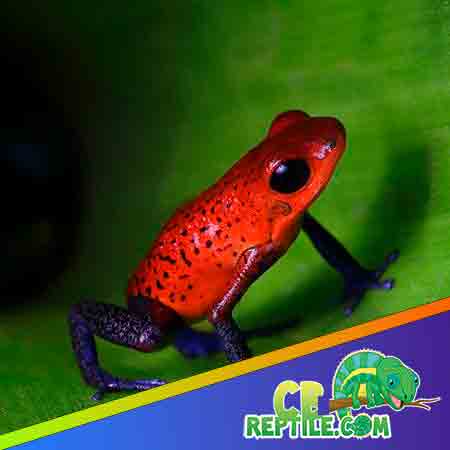
Captive-bred poison frogs (often called “dart frogs”) reward careful keepers with bold colors, lively behavior, and the joy of a living rainforest at home.
This guide covers tank setup, substrate and plants, temperature and humidity targets, the role of UVB, how to use a fogger correctly, and the feeding routine that keeps these small amphibians thriving.
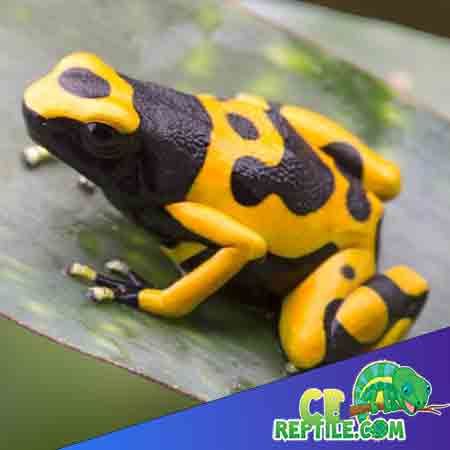
Enclosure & Tank Size
A front-opening glass vivarium in the 18″ cube class is a practical starting point for a pair or small group, though more space offers richer landscapes and easier parameter stability.
Vertical builds benefit species that use bromeliads and low perches, while horizontal builds mimic the forest floor for more terrestrial species.
Ensure a tight-fitting top that balances humidity retention with adequate ventilation to prevent stale air.
Target Parameters
- Day temp: ~72–78°F (22–26°C)
- Night drop: ~2–6°F (1–3°C)
- Humidity: 70–100% with daily cycling
- Photoperiod: 10–12 hours light
Core Equipment
- Low-output UVB fixture for understory species
- Plant-friendly LED for growth and color
- Digital thermometer & hygrometer (probe)
- Timer or controller for lights, fogger, and misters
Drainage, Substrate & Bioactive Layers
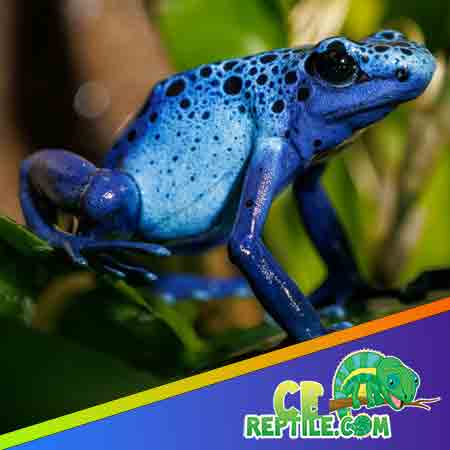
The gold standard for poison frog husbandry is a bioactive setup with a distinct drainage layer. Start with hydroballs/LECA or a false-bottom to capture excess water.
Add a mesh barrier, then a moisture-retentive substrate such as ABG-style mix (sphagnum, tree fern fiber, fine bark, charcoal, and soil components).
Top with generous leaf litter to shelter microfauna and keep frogs comfortable. Seed the substrate with springtails and dwarf isopods to recycle waste and mold.
Hardscape builds structure and microclimates: cork flats, ghost wood, and natural seed pods yield hiding spots, perches, and photogenic leaf axils.
Plant with pothos, philodendron, peperomia, ferns, and bromeliads; living foliage buffers humidity and offers secure retreats that reduce stress and increase visible activity.
Lighting & UVB
Although poison frogs are adapted to dim forest understories, controlled exposure to low-level UVB is beneficial when provided with shaded refuge.
Place a gentle UVB tube across the lid and create a gradient so frogs can choose their exposure; pair it with a plant LED that supports photosynthesis without adding significant heat.
Maintain a consistent 10–12 hour day length using outlet timers for predictable rhythms.
Temperature Management
Most commonly kept species thrive in the mid-70s°F. Heat spikes above the high-70s to low-80s can quickly stress amphibians, so monitor both the air and leaf-surface temperatures with a reliable digital probe.
If your room runs warm, increase ambient ventilation, avoid dome fixtures that trap heat, and consider cooling the room itself.
A mild nighttime dip is normal and can be beneficial, provided humidity remains high.
Humidity Strategy & Using a Fogger
Consistently high humidity is essential, with gentle daily cycling: slightly drier after lights on, wetter after misting. Manual spraying or an automated misting system delivers fine droplets for drinking and plant health.
A cool-mist ultrasonic fogger can add dramatic cloud forest ambiance while supporting humidity, but should be run on a timer or humidistat; continuous operation may create stagnant conditions.
Always use RO or distilled water in foggers to prevent mineral deposits and keep the tubing and reservoir clean to avoid biofilm growth.
Fogger Best Practices
- Position so mist drifts across foliage, not directly at resting areas.
- Run in short cycles (e.g., 10–20 minutes) to maintain but not saturate.
- Pair with ventilation: small fans or well-designed vents prevent stagnation.
Misting Tips
- Fine droplets on leaves support natural drinking behaviors.
- Refresh bromeliad cups frequently to avoid water fouling.
- Adjust seasonally with household humidity and room temperature.
Feeding & Supplementation
Offer small, moving prey sized to the frog’s mouth. A varied staple includes melanogaster or hydei fruit flies, springtails, pinhead or micro crickets, and the occasional extra-small roach nymph.
Feed modest portions 4–6 days per week so insects are eaten promptly, limiting escapees that might stress the frogs.
Dust prey with a high-quality calcium supplement at most feedings and rotate a multivitamin once or twice weekly. If you choose not to use UVB, include D3 in the rotation; with UVB, a D3-free calcium can be used more often.
Culturing feeder insects at home ensures freshness and cost-control. Gut-load micro crickets with clean produce and a dry gut-load mix for extra nutrition, and refresh fruit fly media on a schedule to maintain strong cultures.
Water Quality & Cleanliness
Amphibian skin absorbs chemicals readily, so use dechlorinated, RO, or distilled water for misting and fogging.
Rinse any shallow dishes or bromeliad cups frequently. Spot-clean leaf litter and prune plants as needed. A healthy cleanup crew, robust planting, and good airflow will keep odors low and microclimates stable without frequent deep cleans.
Behavior, Handling & Observation
These frogs are best appreciated visually. Limit handling to necessary maintenance and wet your hands (or use powder-free nitrile gloves) to protect delicate skin when intervention is unavoidable.
Provide visual barriers and layered planting; paradoxically, more cover often means you’ll see your frogs more because they feel secure enough to explore.
Common Pitfalls to Avoid
- Letting temperatures creep above species-appropriate ranges for extended periods.
- Over-saturating the enclosure with nonstop fogging or poor ventilation.
- Under-supplementing feeder insects or offering prey that’s too large.
- Using untreated tap water for misting/fogging in hard-water regions.
- Sparse planting and minimal leaf litter that increase stress and reduce microfauna activity.
Why Source from CB Reptile?
Success starts with well-started, captive-bred animals. CB Reptile pairs healthy frogs with clear husbandry advice, helping you match species and morphs to your goals and environment.
Their focus on quality and education gives new and experienced keepers a head start in building thriving bioactive displays that remain stable for the long term.
dart frogs for sale.
CB Reptile is known for robust, captive-bred animals and practical support that makes the difference.
